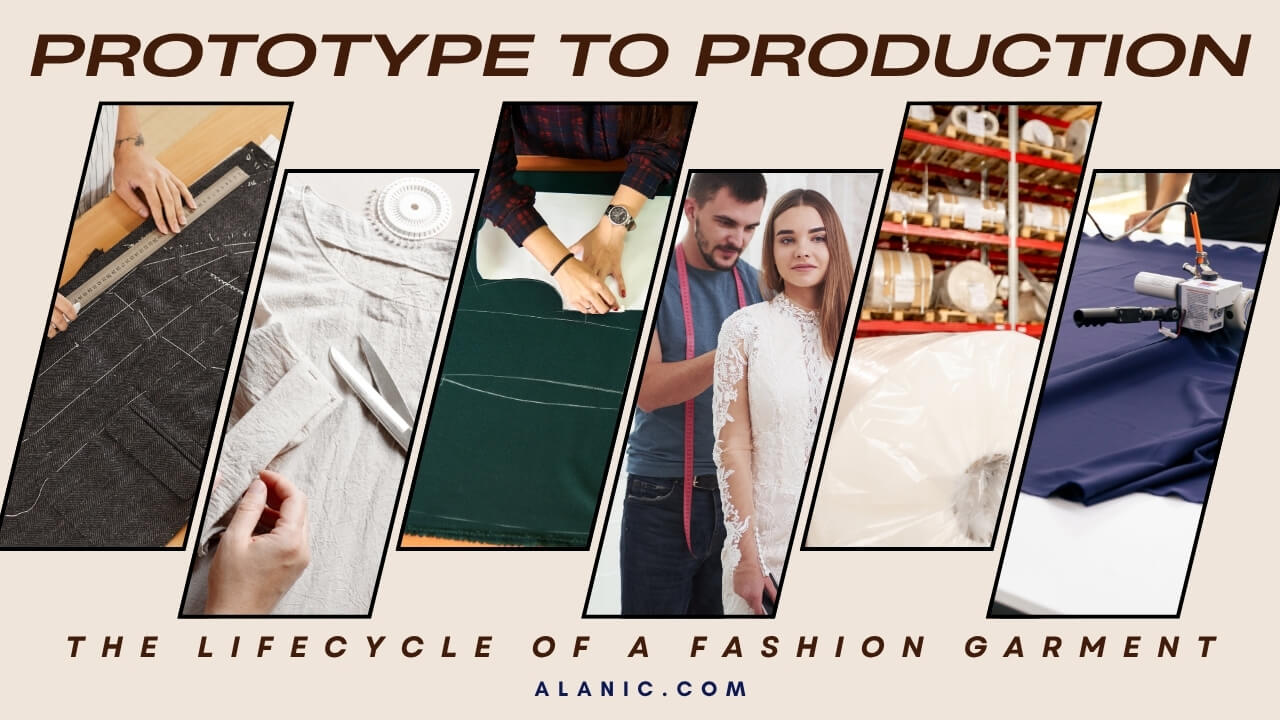
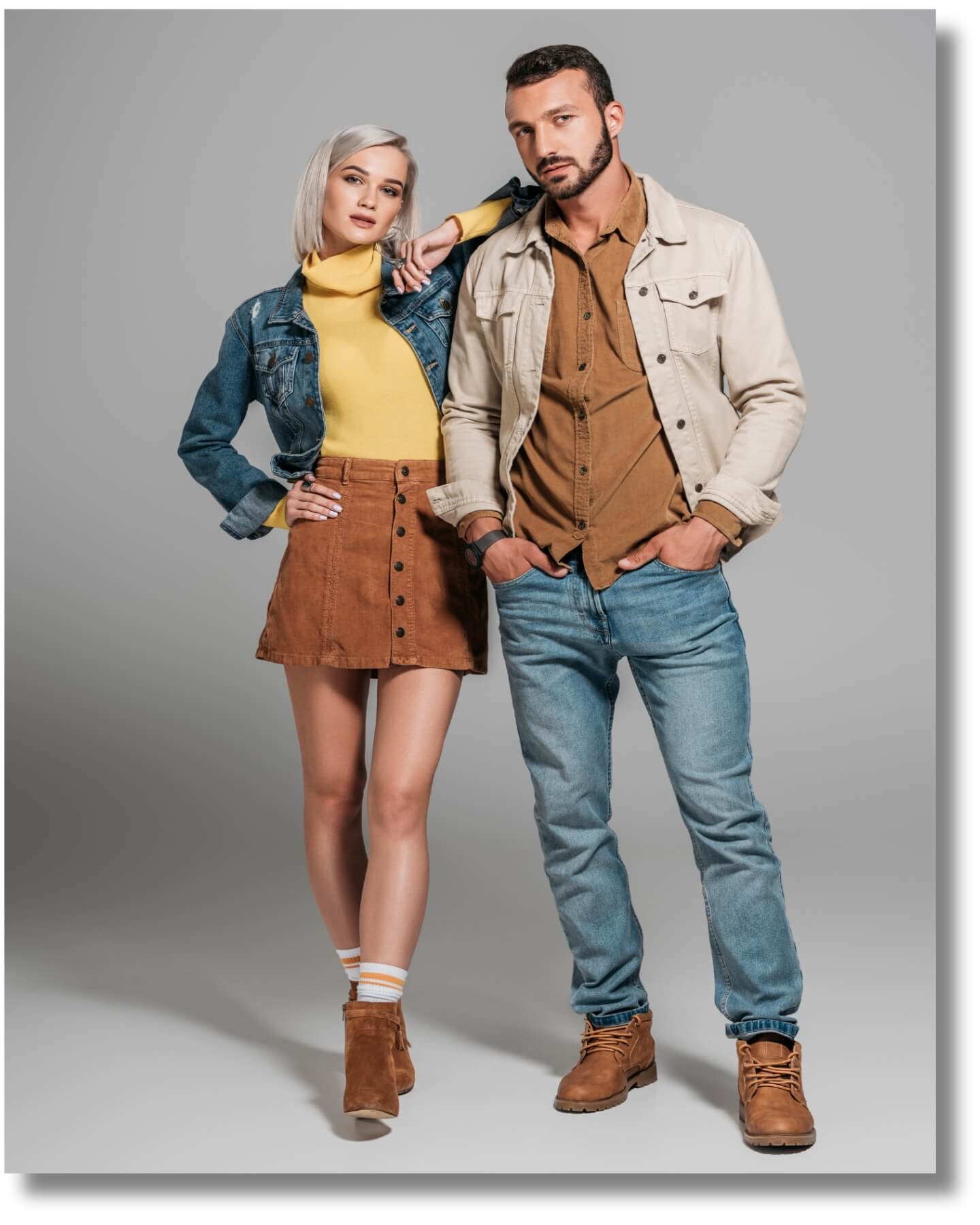



Turning an apparel concept into a finished product involves more than fabric and stitching. The process includes hundreds of decisions across design, materials, fit, and scale.
For business owners building their own line, clarity on the lifecycle saves time and cost. It also helps you ask the right questions when choosing who to work with.
If you’re planning to build a garment from scratch—or even customize an existing one—it helps to understand the full sequence from first draft to delivery.
Here’s how that usually unfolds.
What gets sketched on paper must translate into something that fits, holds shape, and moves with a purpose.
Design usually begins with utility. A garment built for flexibility, weather protection, or heat regulation has to reflect that in how it’s cut and assembled. Details like seam lines, gussets, and neck binding come from how the product will live, not just how it looks on a hanger.
Once we understand that, we move into sketching. First, loose and expressive. Then, technical flat sketches showing stitch lines, panel joins, and where tension needs control.
These technicals form the basis for everything that follows. They also become easier to evaluate when we collaborate directly with our partner brands early in the process.
We look at structure, layering intent, and replication. It helps set a clear path before fabric is even chosen.
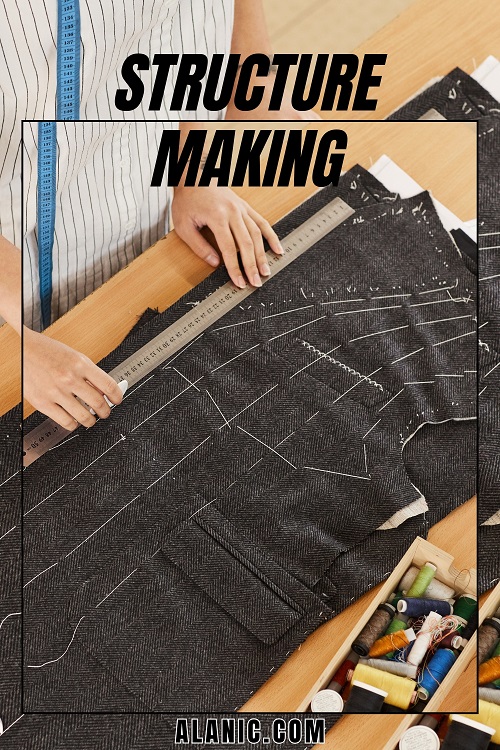
Every cut, stretch, and seam reacts to fabric, and trims decide how they finish.
Choosing fabric isn’t just about weight or texture. It’s about understanding what happens after five washes or fifteen wears.
The recovery of a compression knit, the cling of modal jersey, the way mesh behaves on high-movement zones—all of that influences performance and comfort.
Trims play a different role. Elastics, cords, zippers, heat seals, or labels sit close to the skin or move constantly. If any of them fail, the product feels unfinished, no matter how well it fits.
At Alanic, our sourcing team works side by side with product development to match function with available stock or custom blends. This avoids mismatched combinations—like pairing stretch seams with a non-recoverable thread, or using metal hardware on a performance basis.
It also gives the brand better control over consistency in repeat orders.

A well-cut pattern saves a collection from fit problems later.
Once a design is approved, our patternmakers convert it into a full-scale map. Not just the main silhouette, but allowances, lining sections, and interior construction. This becomes the working shape for every size.
Then comes grading. A small and a 2XL can’t just scale equally across points.
The shoulder angle, rise depth, and armhole placement each respond differently as sizing expands. This is where a fit strategy matters.
Our technical team at Alanic helps clean up patterns early. We test across base sizes and flag points where the proportion risks distortion.
Adjusting that upfront saves rounds of corrections mid-production. It also makes sizing charts more accurate once the product reaches retail.
No matter how well a garment looks flat, its pattern tells you whether it will perform in motion.
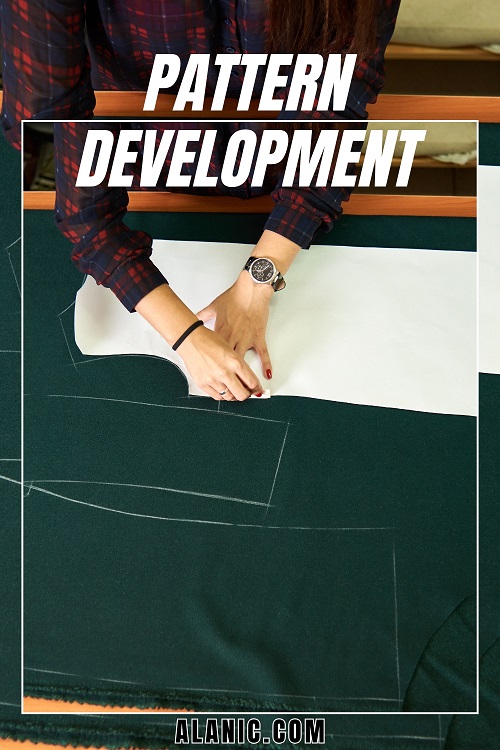
This is where assumptions get replaced with proof.
Your tech pack may feel dialed in, and your pattern might look precise, but until you see the actual piece on a body, you’re guessing. Prototypes tell the truth.
The fit might feel tight where movement needs freedom. A pocket may shift once the garment flexes. Sometimes, even thread color or logo placement can feel off once you see it live.
That’s why we never skip physical prototyping at Alanic. Our sample team builds and ships wear-ready versions to clients as early as possible. We recommend testing them in full use—during training, in transit, under stress.
Feedback from these sessions often changes things.
Even subtle feedback like a drawcord sitting too high, can improve how a product feels to wear. And those changes almost always improve how people talk about it after launch.
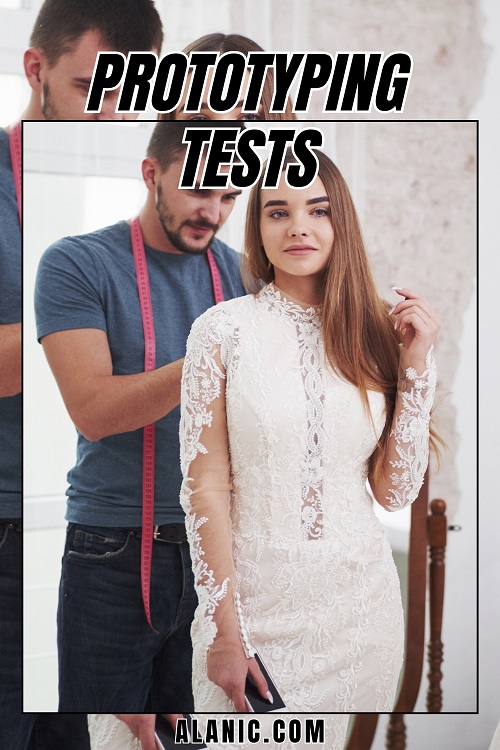
Pre-production is where you lock in every spec, order bulk fabric, and prep for assembly.
Once prototypes are finalized, we create final markers and begin size breakdowns.
Materials get ordered in production quantities. Dyes, prints, and trims get matched and confirmed. Nothing moves forward until these are all approved and aligned.
At this point, you’ll set batch sizes and delivery windows. This is also when we build out the quality control flow: where checks happen, what tolerance margins look like, and what fixes apply if issues come up mid-run.
We maintain this step as its own milestone with our clients. Rushing past it usually leads to errors in bulk.
Taking the time here—reviewing every spec, reconfirming delivery timelines—makes production more predictable and cost-stable.
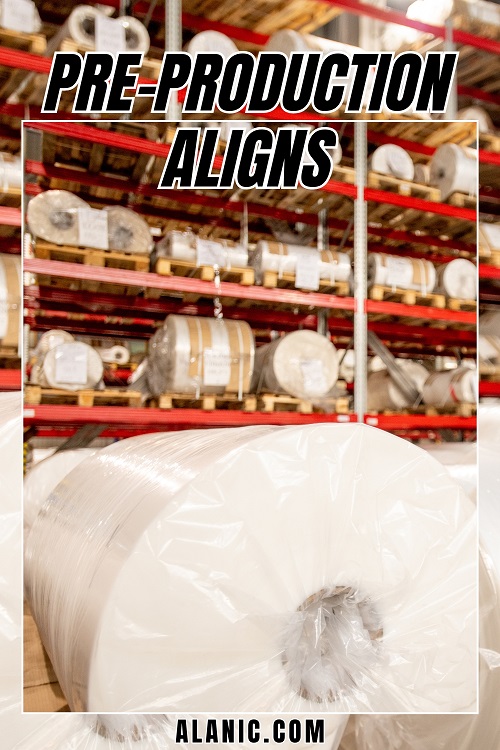
Production moves from cut to sew to finish across defined timelines.
Once fabric rolls arrive and cutting begins, each unit goes through assembly in batches. We group cuts by size, color, and style to reduce errors. Quality checkpoints happen throughout, from panel matchups to seam integrity to final trims.
After stitching, garments go through pressing, labeling, folding, and packing. This is also where branded tags, barcodes, and packaging components get added.
We prepare final shipments in line with our clients’ fulfillment setup. Some send inventory directly to a warehouse. Others use us to manage direct-to-consumer drops through our backend shipping integration.
The process doesn’t end when the last box ships. We log learnings—fabric waste, common repairs, handling adjustments—for the next run. These notes help brands improve future collections without guessing.
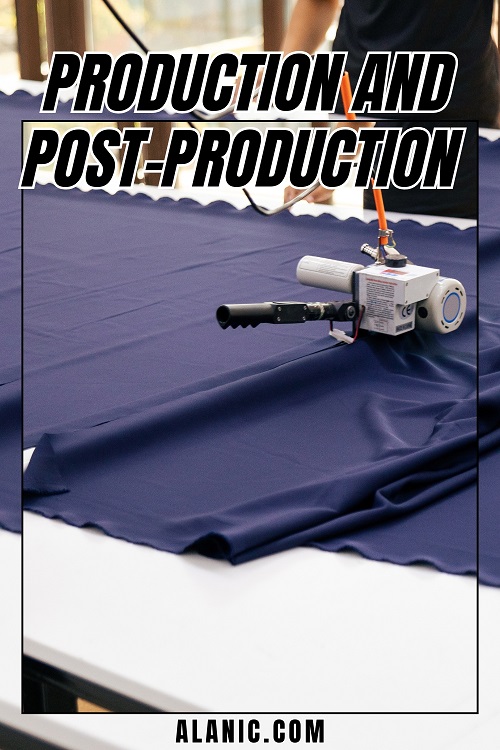
A clear process leads to cleaner products.
Every brand owner we’ve worked with has had different goals—some need flexibility for small batch drops, others need speed and volume. But what stays consistent is the lifecycle.
Knowing how each stage connects makes it easier to manage risk, budget smarter, and choose better partners.
This is the thinking we built our model around at Alanic. You get full visibility across design, development, and delivery.
You can work with our team to refine patterns, choose better fabrics, or rework fit in earlier rounds to avoid issues later. And once your process runs smoothly, you scale faster.
You don’t need to be an expert at every stage. You just need to work with people who treat the product like it’s their own.